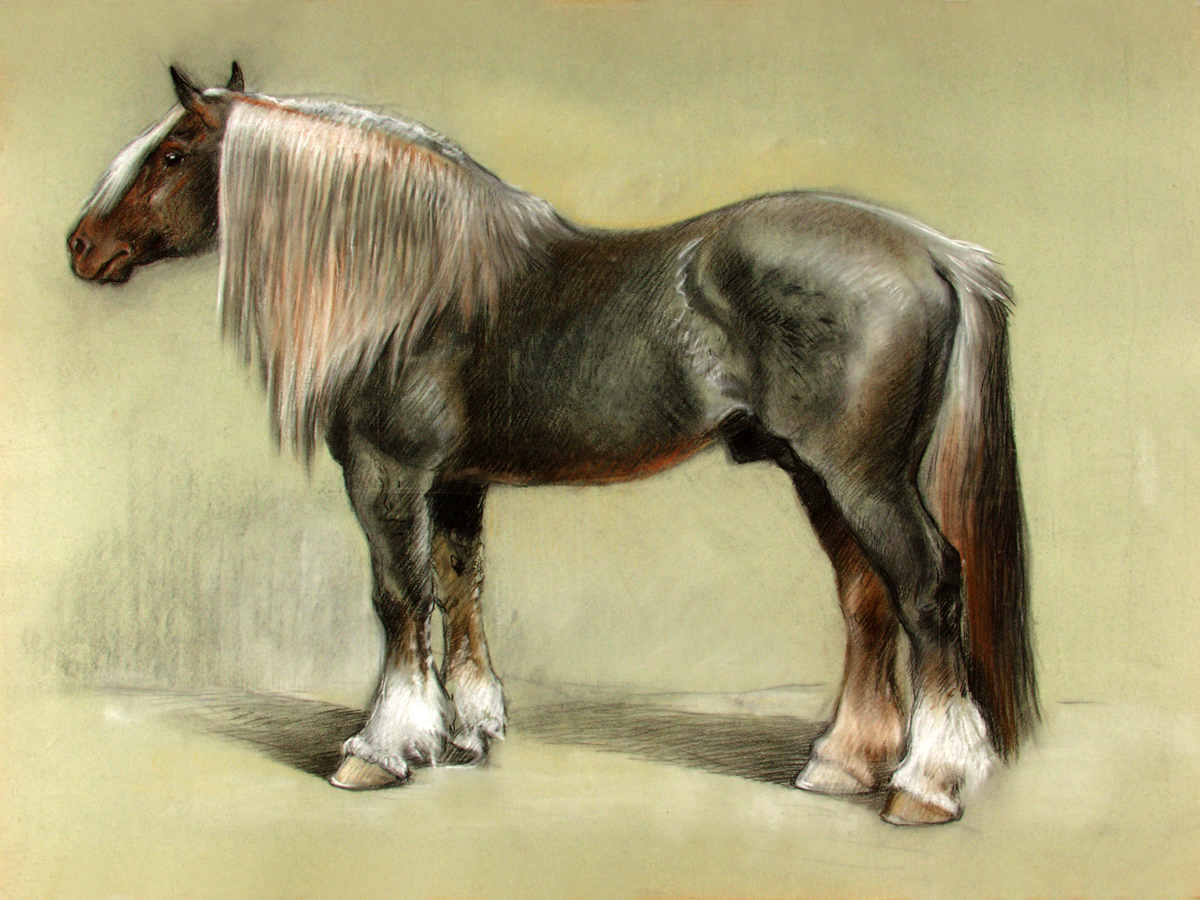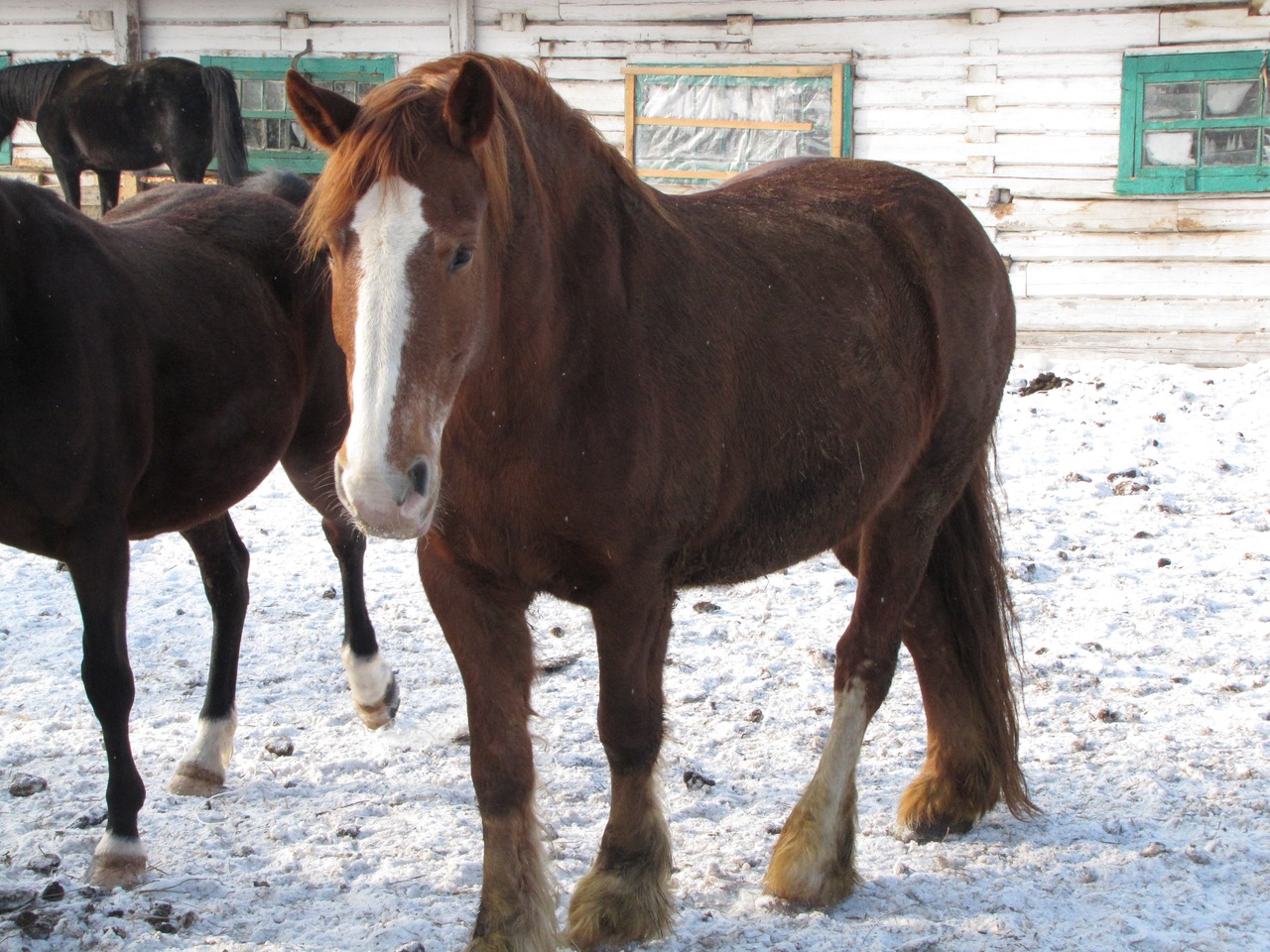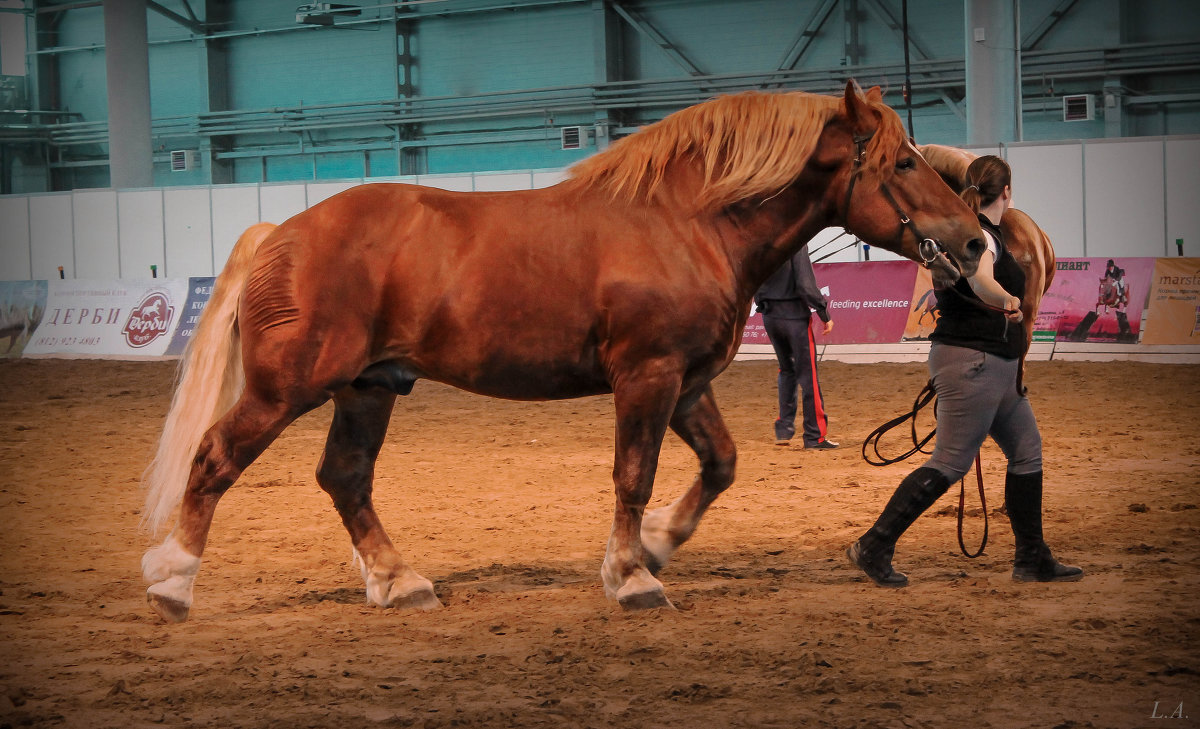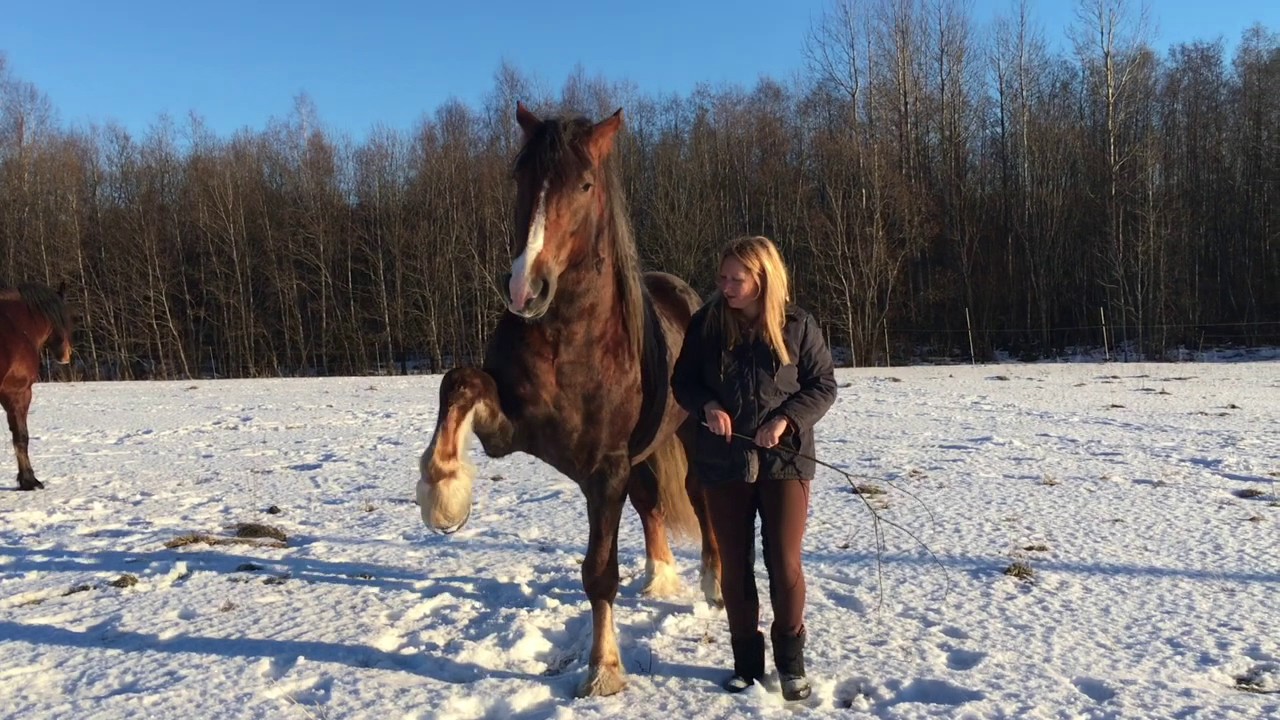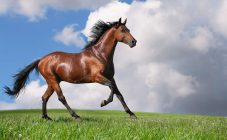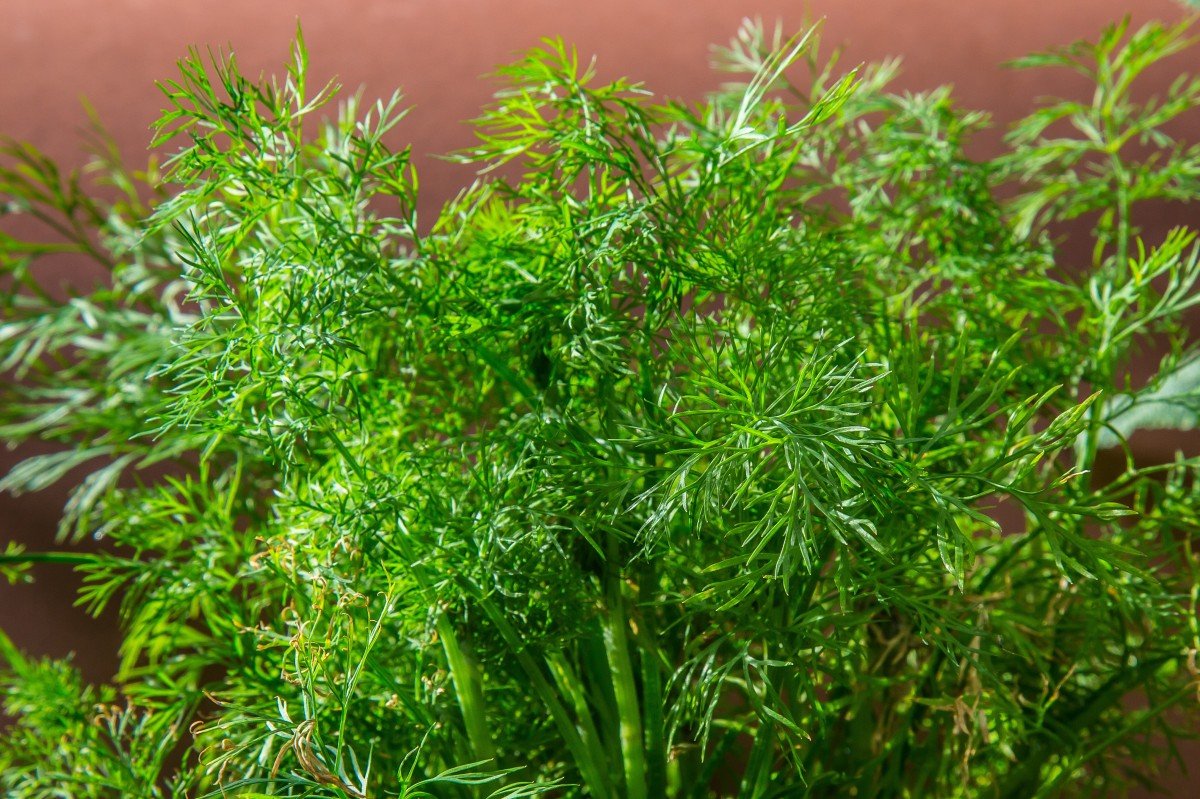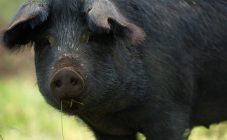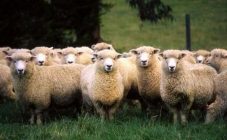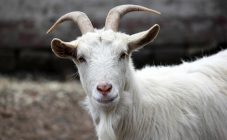Content:
The need to breed heavy draft breeds in Russia arose later than in European countries - only by the end of the 19th century, when serfdom was abolished and the development of capitalism began. There was a need for the transportation of heavy loads over long distances, which the light-harness horses widespread in Russia could not cope with. Attempts to import Brabancons, Ardens, Percherons from Europe were not entirely successful, since they turned out to be poorly adapted to the local climate, food and distances. It was required to breed its own breed - strong, hardy and unpretentious.
Breed development
The first and most famous breed of Russian heavy trucks was the famous Bityug, a horse named after the river of the same name in the Tambov and Voronezh regions. The very name of the species became a household name - a strong, well-knocked man was called a bityug.
The breed was bred in the Tambov region, and even before the abolition of serfdom and before the start of the industrial boom. Count Orlov in his stud farms dabbled in crossing the Clydesdals and Brabancons with local horses.
As a result, a heavyweight horse, perfectly adapted to Russian realities and in demand in the economy, was brought out in a timely manner.
Unfortunately, during the civil war in Russia, the Bityug livestock was almost completely destroyed. In the twenties of the last century, an unsuccessful attempt was made to restore the breed, but the epidemic of horse glanders brought all efforts to naught.
In addition to the bitug, the most famous are the later breeds of heavy trucks:
- Russian heavy truck;
- Soviet heavy truck;
- Vladimir heavy truck.
Russian heavy truck
At the turn of the 19th and 20th centuries, horses of the Belgian Aardena breed were imported to Russia in large numbers, and in Belgium itself this breed was not popular and was replaced by other local types of horses. In Russia, these mobile and unpretentious hard workers took root, and their shortcomings were successfully corrected by crossing with local mares.
The bred breed, which was called the Russian Ardennes, was nevertheless far from ideal due to the small stature, which is more inherent in ponies. The breed has been consistently improving for a long time. At an exhibition in Paris in 1900, the Russian ardens aroused general admiration. But even after that, the Russian heavy draft horse - the breed of horses was not officially registered. Only half a century later, in 1952, the variety was entered into the State Register.
Soviet heavy truck
In the same 1952, another horse breed was registered - the Soviet heavy draft. At the end of the 19th century, Brabancons and Suffolks were brought to Mordovia and the Nizhny Novgorod province from Europe. Attempts to create a breeding herd did not lead to anything good - these good-natured giant horses turned out to be completely unadapted to the climate of Russia.
Then the civil war began, for some time control over the breeding of thoroughbred horses was lost, and for several years the Europeans interbred uncontrollably with local animals.
The war ended and after a few years, stable genetic traits began to appear among the mixed offspring.Thanks to the high qualifications of Soviet zootechnicians and the selection carried out, these characteristics were consolidated and improved. As a result, this well-known and internationally recognized breed of draft horses appeared in the USSR.
Vladimirsky heavy truck
This type of draft horse traces its history back to the Klydensdale stallions brought to the State Gavrilovo-Posad stables in 1886. They were immediately crossed with local mares, perfectly adapted to local conditions. As a result, all local horses were soon supplanted by improved mestizos.
In 1936, an inventory and selection of a new breed was undertaken, but the Vladimir heavy draft was registered only in 1946.
Characteristics of heavy truck breeds
As for the common features of all types of the described draft trucks, it should be noted their calm, friendly disposition, inherited from distant European ancestors.
If we consider the differences between the species, then the largest of them turns out to be a Soviet heavy truck with its 170 cm in height and more than 800 kg in weight.
The rest of the breeds are somewhat inferior to him. So the chestnut Vladimir heavy horse has 165 cm at the withers and weighs 500 kg (while it has certain trotting qualities), and the Russian heavy truck is less tall - 150 cm, but this red (sometimes roan) horse weighs 700 kg due to the constitutional characteristics.
Heavy Truck Care
In general, caring for heavy draft horses does not fundamentally differ from caring for other types of horses and comes down to cleaning and bathing in summer (cleaning in winter), caring for teeth and hooves (including shoeing, if necessary).
It should be borne in mind that draft horses inherited from their European ancestors thicker wool, mane and tail, as well as the edge in the hoof area, and they should be cleaned more thoroughly.
Adequate space is required to house draft horses, so larger stalls should be provided. At the same time, they are less sensitive to low temperatures, so there is no need to insulate the corral much.
Diet and feeding
Grass and hay form the basis of nutrition for heavy trucks, like all horses. Due to the greater body weight, the ration of a draft horse compared to a race or riding horse is proportionally increased. Also, the share of grain crops has increased by about one and a half times. The total amount of food depends on the power load on the animal.
A balanced diet should include:
- cereals: 25%;
- roughage: 40%;
- succulent feed: 35%.
The peculiarity of the nutrition of heavy trucks is the increased need for succulent feed, root crops and vitamins. And do not forget about the need to give horses salt - about a kilogram per month.
It is necessary to water the horse at least three times a day; an adult animal drinks at least 50 liters of water per day.
At the moment, the economic importance of all breeds of draft horses is not great, the limited sectors of meat and dairy and tourism destinations make it possible to receive a certain income from the breeding of heavy trucks. Therefore, only enthusiasts at stud farms are now engaged in breeding these breeds.
